Blood Flow in Clogged Artery CFD Simulation by ANSYS Fluent Training
$40.00 $20.00 Student Discount
The present problem simulates the blood flow in a clogged artery using ANSYS Fluent software.
Click on Add To Cart and obtain the Geometry file, Mesh file, and a Comprehensive ANSYS Fluent Training Video.To Order Your Project or benefit from a CFD consultation, contact our experts via email (info@mr-cfd.com), online support tab, or WhatsApp at +44 7443 197273.
There are some Free Products to check our service quality.
If you want the training video in another language instead of English, ask it via info@mr-cfd.com after you buy the product.
Description
Blood Flow in Clogged Artery Project Description
The present problem simulates the blood flow in a clogged artery using ANSYS Fluent software. In this modeling, a number of horizontal vessels are designed in which there is a curved blockage in the middle of the blood flow path. The defined blood flow inside this vessel has a density of 1035 kg.m-3 and a viscosity of 0.0043 W.m-1.K-1. To draw a vessel in the present work, a curved line is defined. This curve line is defined based on the Gaussian function as follows. This Gaussian function represents the change in the value of the radius of the vessel along the horizontal axis of the vessel.
This function depends on the horizontal coordinates (z) and its clogging percentage (st) is equal to 0.90 and its slope (σ) in the clogged region is equal to 0.85. Blood flow enters the vessel with a mass flow rate of 0.013662 kg.s-1. The aim of the present study was to investigate the difference in pressure created in the blood flow path inside the vessel due to clogged vessel.
Clogged Artery Geometry & Mesh
The present model is designed in three dimensions using Design Modeler software. This model consists of a three-dimensional vessel in the middle of which there is a blockage. To draw this clogged vessel, a curved line is used that rotates around its central axis. To define this curve line, a file contains a set of points with specific coordinates are imported. This vessel is cylindrical and has a length of 0.18 m and a diameter of 0.004 m.
We carry out the meshing of the model using ANSYS Meshing software, and the mesh type is structured. The element number is 431156. The following figure shows the mesh.
CFD Simulation
We consider several assumptions to simulate the present model:
- We perform a pressure-based solver.
- The simulation is steady.
- The gravity effect on the fluid is ignored.
The following table represents a summary of the defining steps of the problem and its solution:
| Models | ||
| Viscous | Laminar | |
| Boundary conditions | ||
| Inlet | Mass Flow Inlet | |
| mass flow rate | 0.013662 kg.s-1 | |
| Outlet | Pressure Outlet | |
| gauge pressure | 0 pascal | |
| Wall | Wall | |
| wall motion | stationary wall | |
| Methods | ||
| Pressure-Velocity Coupling | SIMPLE | |
| pressure | second order | |
| momentum | second order upwind | |
| Initialization | ||
| Initialization methods | Standard | |
| gauge pressure | 0 pascal | |
| x-velocity | 1.054351 m.s-1 | |
Results
At the end of the solution process, we obtain two-dimensional and three-dimensional contours related to pressure, velocity and pressure gradient. Also, a graph of changes in the amount of static pressure along the central axis of this horizontal vessel is obtained. To draw the corresponding diagram, we have defined the longitudinal direction without dimension. The results show that the greatest amount of pressure drop occur in the passage through the clogged area.
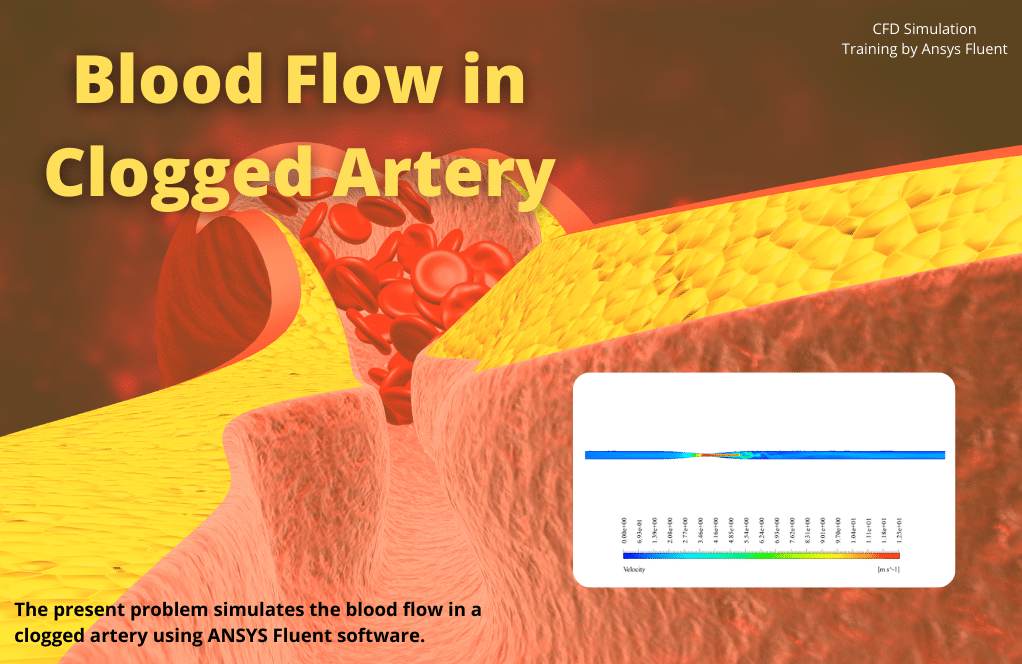
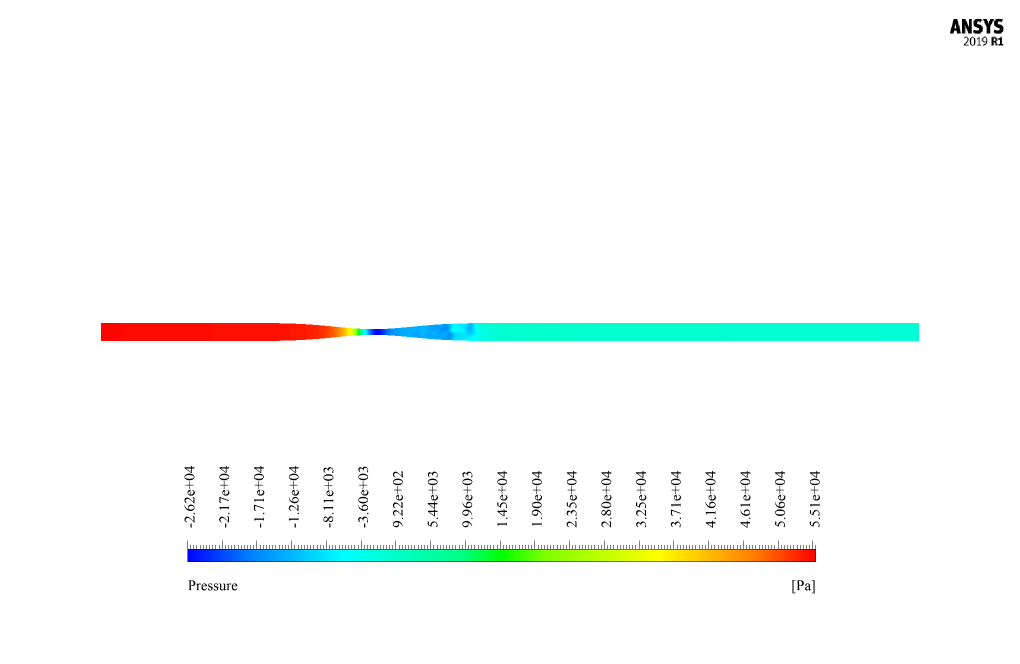
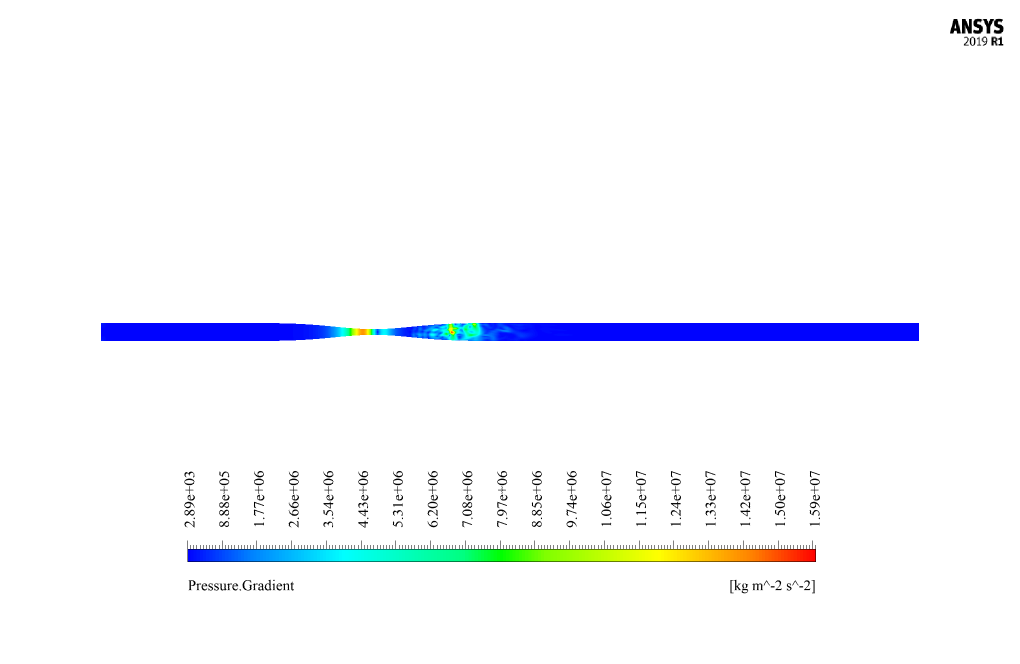
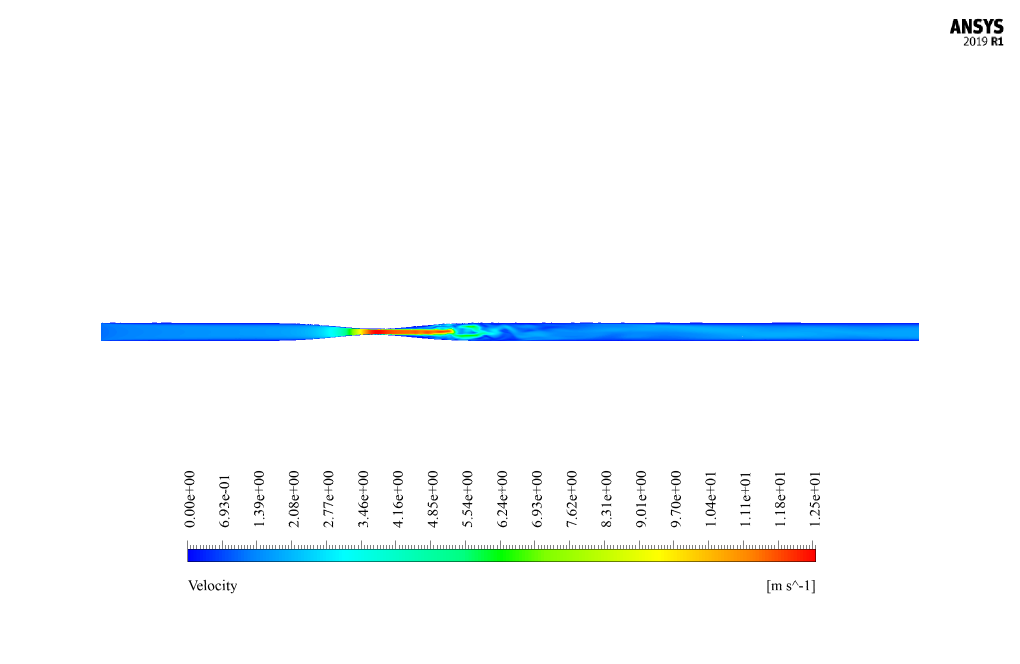
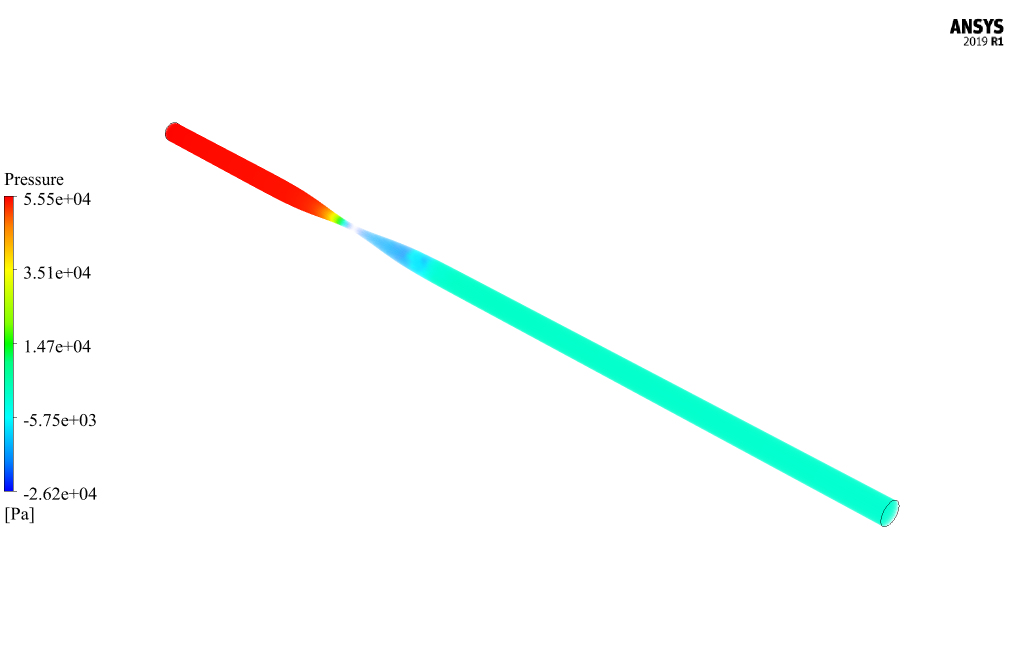
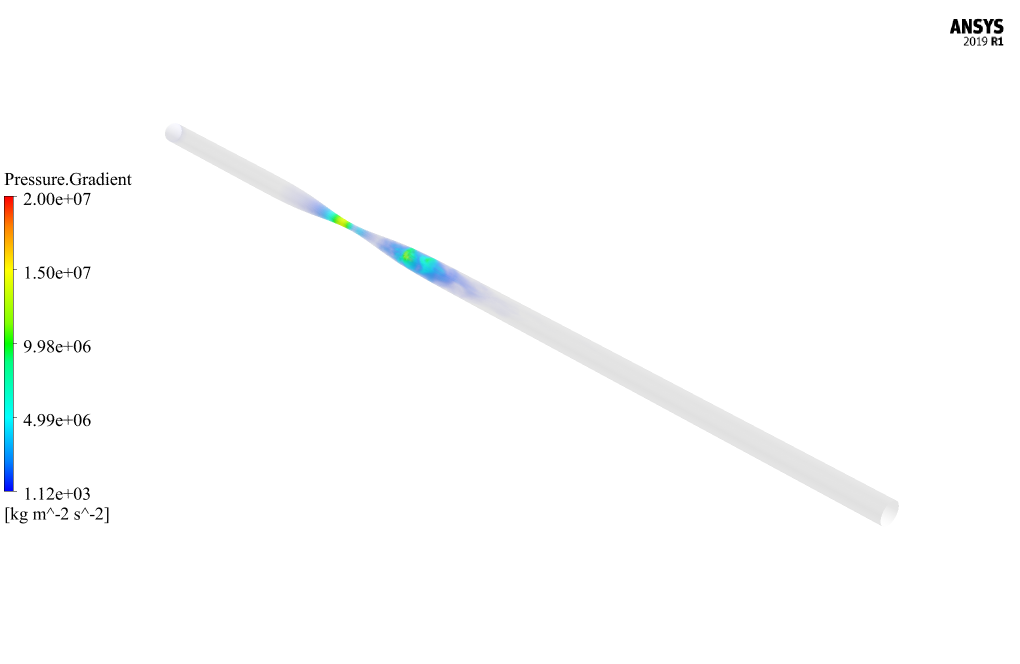

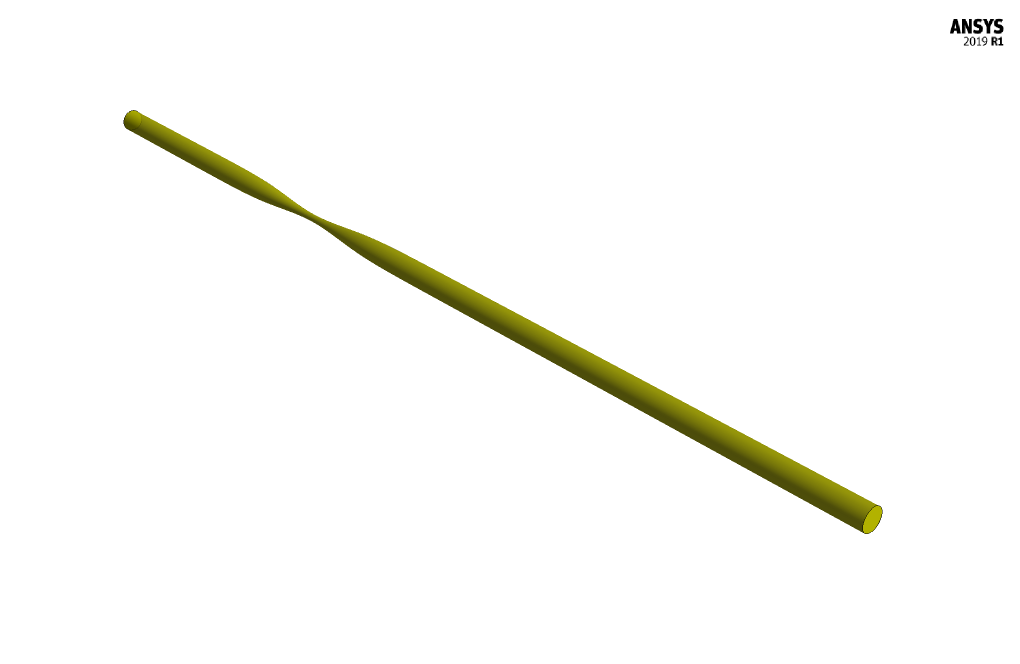
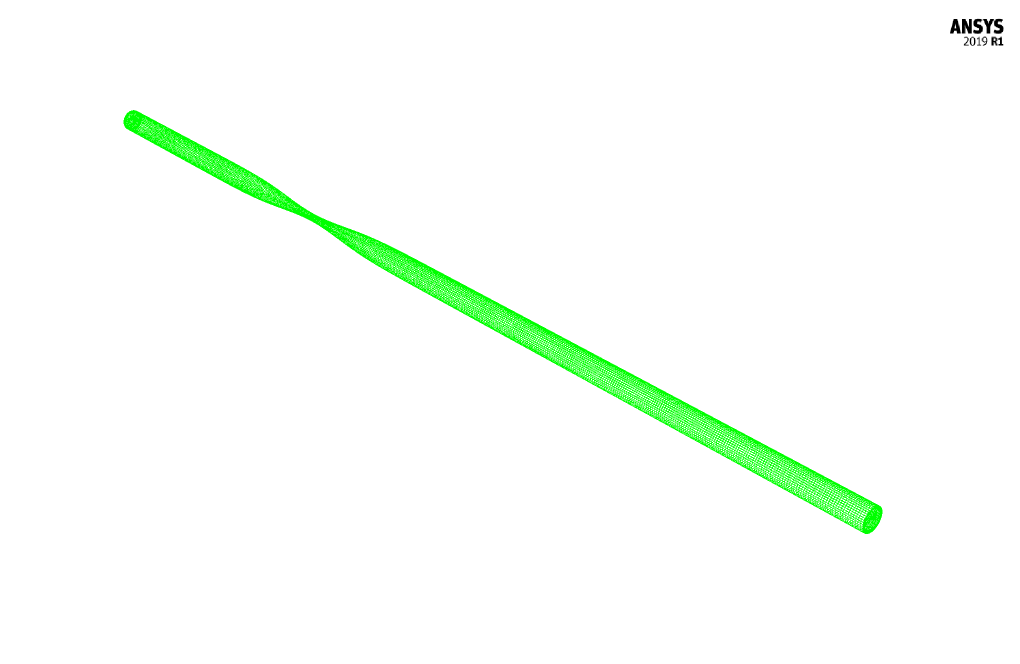
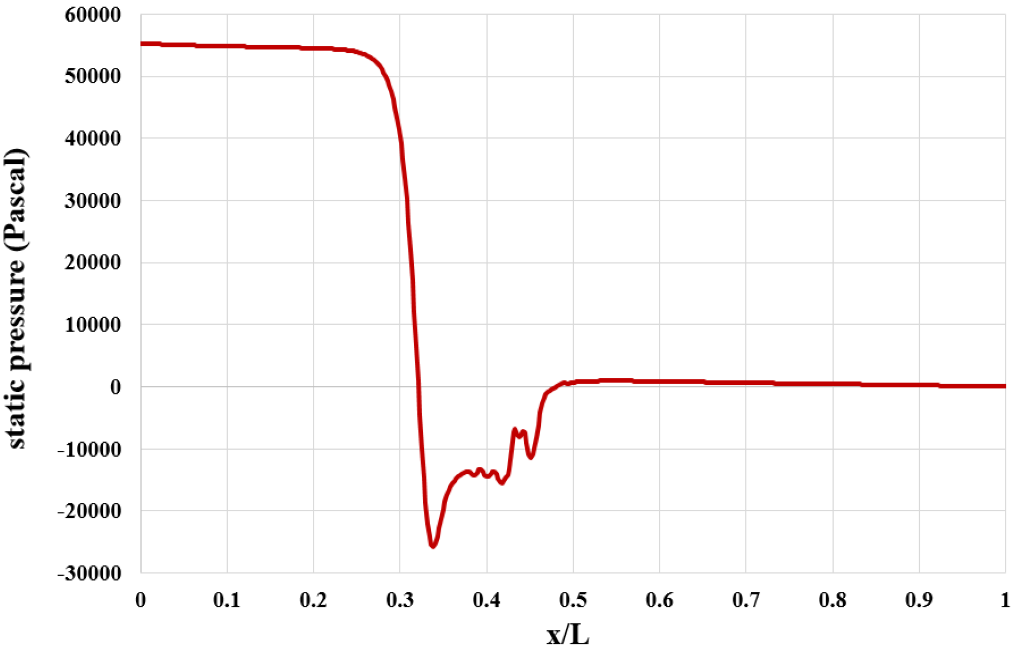
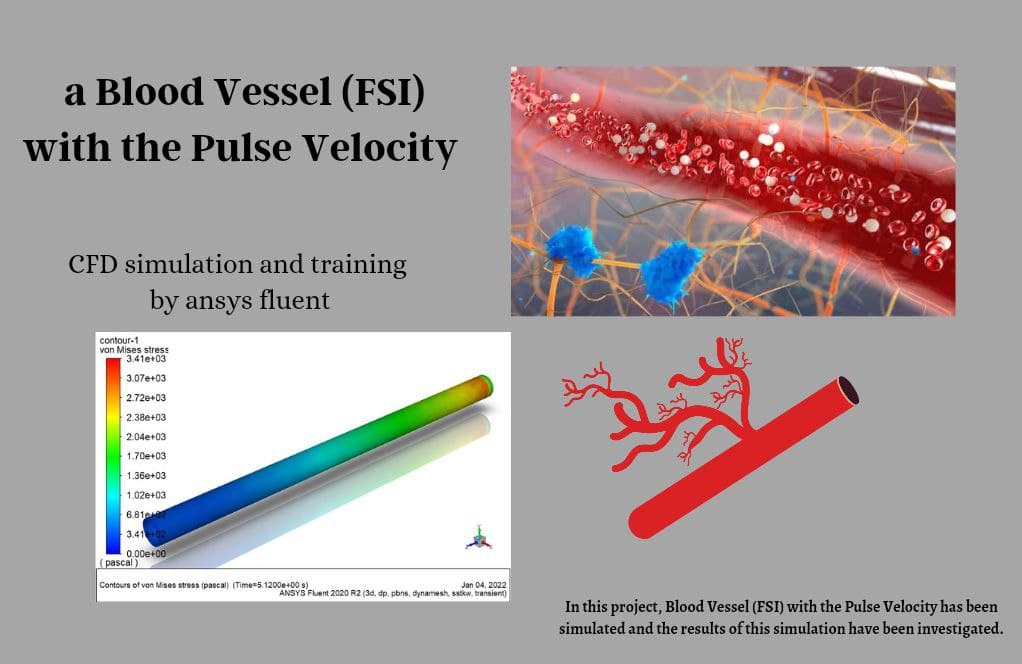
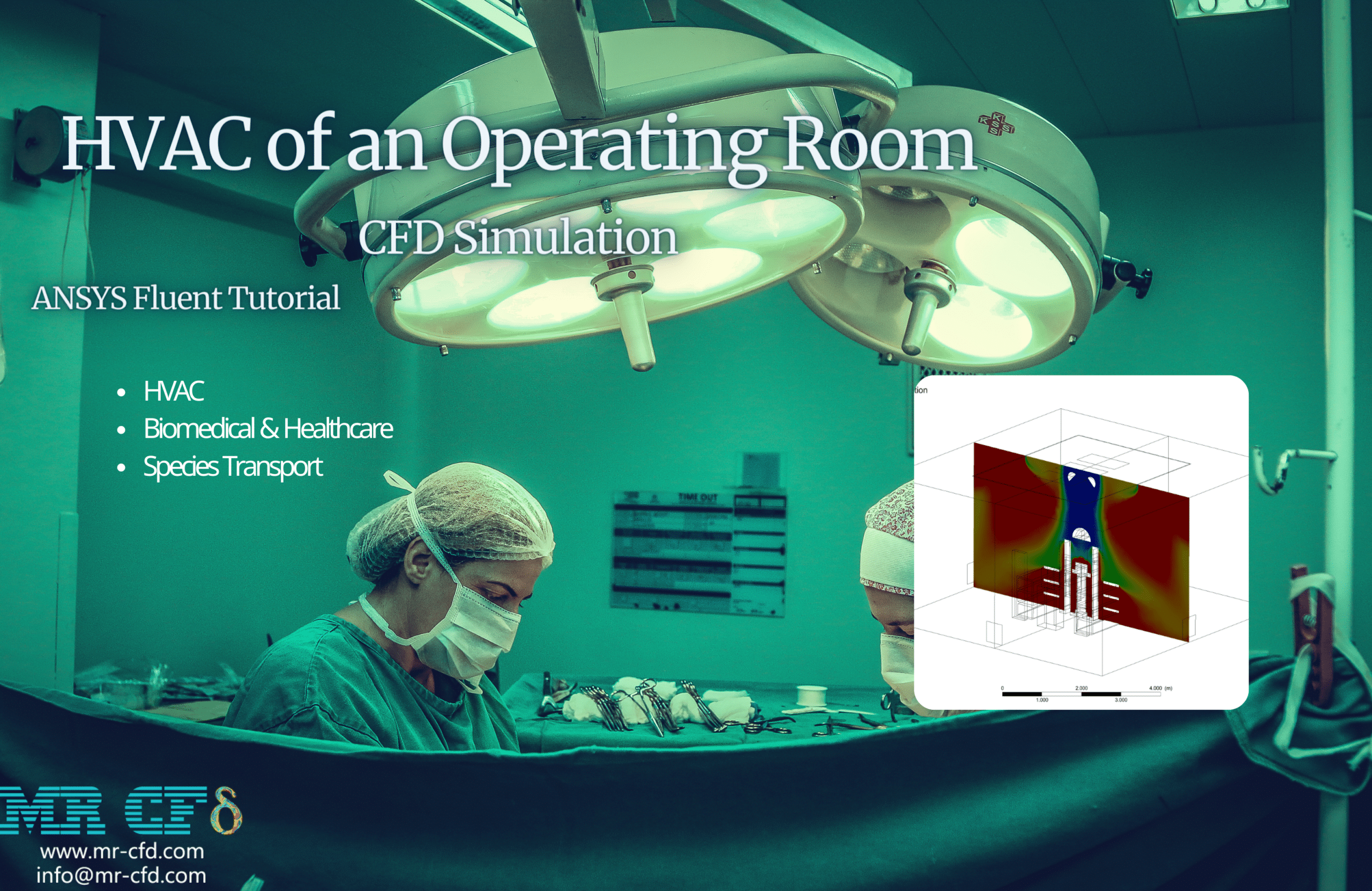
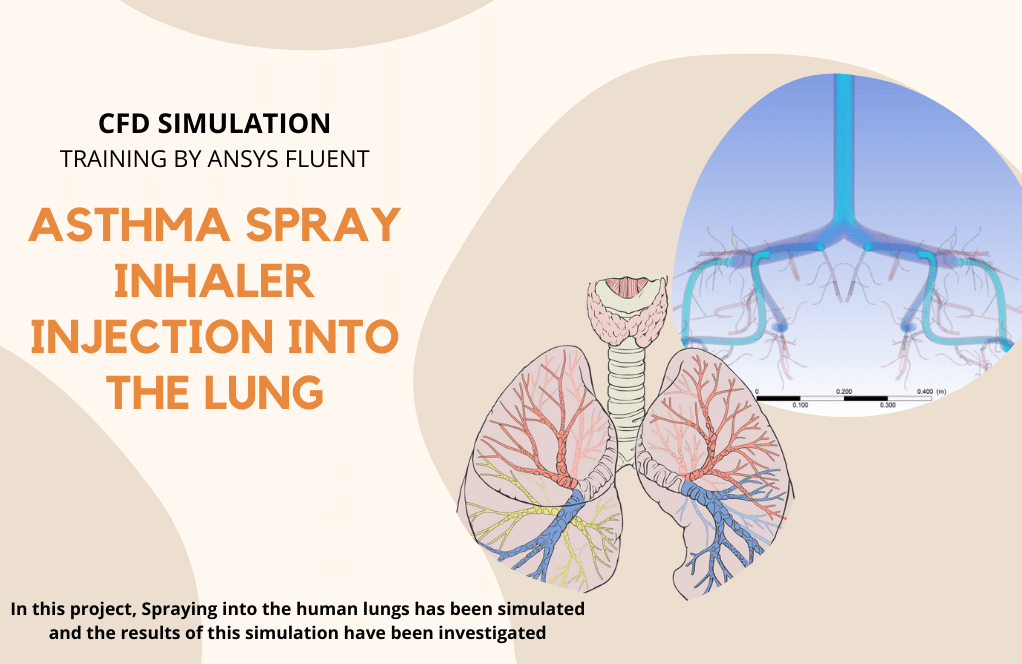

Donavon Block –
How is the artery modeled in these simulations?
MR CFD Support –
The artery is modeled as a 3D geometry based on medical imaging data. The geometry includes the arterial wall and the plaque, which is the blockage in the artery.
Dr. Hilton Windler –
Can these simulations predict the risk of a heart attack?
MR CFD Support –
While these simulations cannot directly predict the risk of a heart attack, they can provide valuable insights into the blood flow patterns and the severity of the blockage, which are important factors in the risk of a heart attack.
German Cartwright III –
Can these simulations predict the effect of different treatments?
MR CFD Support –
Our simulations can be used to model the effect of different treatments, such as angioplasty or stenting. Please contact us with your specific requirements.